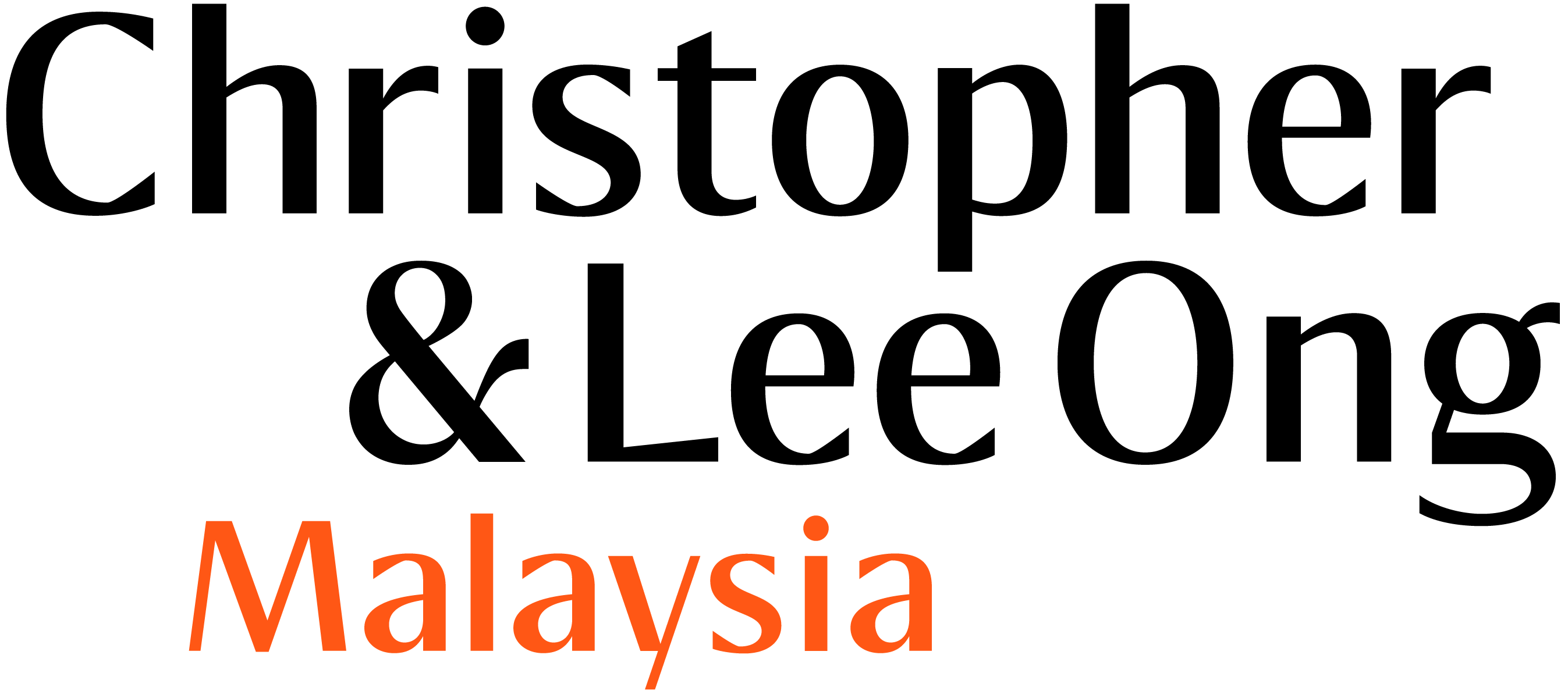Introduction
An amalgamation or reconstruction of companies under sections 366 and 370 of the Companies Act 2016 (“CA 2016“) is a common tool for corporate restructuring in Malaysia. It enables the seamless transfer of assets and liabilities from the transferor to the transferee, typically within group structures where both companies share a common ultimate holding company.
Until now, it was generally assumed—and often practised—that the requirement to convene a scheme meeting under section 366 could be dispensed with in such scenarios, particularly when the outcome was a foregone conclusion and the scheme meeting was seen as a formality.
In a recent decision, however, the Kuala Lumpur High Court in In Re: PureCircle Trading Sdn. Bhd & Anor [2025] CLJU 588 has provided much-needed clarity: Even in an internal restructuring involving a sole common shareholder, the statutory requirement to convene a scheme meeting remains mandatory.
The case involved an internal restructuring of the PureCircle group, specifically the amalgamation of PureCircle Trading Sdn Bhd (“Transferor“) into PureCircle Sdn Bhd (“Transferee“) (the “Merger”). Both entities were wholly owned subsidiaries of Pure Circle Limited. The objective was to merge the assets and liabilities of the Transferor into the Transferee under a scheme of arrangement and a court-sanctioned amalgamation.
In this Update, we summarise the issues considered by the High Court and the High Court’s decision.
Key Issues and Court’s Findings
Issue 1: Scheme meetings cannot be dispensed with, even for a sole member
The Court held that a scheme meeting is a statutory requirement, distinct from a general meeting (which is governed by the company’s constitutional documents), and governed by the court’s convening order and the provisions of the Companies Act 2016. The Court has no discretion to dispense with the requirement to hold a scheme meeting under section 366(1) of the CA 2016, even where the outcome is a foregone conclusion.
That said, the Court exercised its discretion to shorten the notice period for the scheme meetings, as well as the period between the scheme meetings and the sanction hearing, to allow the internal restructuring to proceed without delay.
Issue 2: Creditor meetings are not required for a pure members’ scheme
The Court confirmed that creditor meetings are unnecessary where a scheme does not affect the interests of creditors. In this case, both companies were solvent before and after the scheme, and no creditors were prejudiced.
Issue 3: Compliance with section 366 is a precondition for a vesting order under section 370
The Court clarified that section 370(2) ancillary orders— including vesting and transfer of assets, can only be granted after the approval of a scheme of arrangement under section 366(4) of the CA 2016. Therefore, the existence of a valid, procedurally compliant scheme under section 366 is a precondition to the Court’s jurisdiction to make ancillary orders under section 370 of the CA 2016.
Issue 4: Use of schemes for internal restructuring is permissible
The Court held that artificially creating a scheme, even if the transfers could be achieved privately, is permissible so long as the scheme involved a compromise, which must have an element of “give and take”. It mattered not that the compromise could have been achieved privately and contractually. To hold otherwise would unjustifiably restrict the benefits of the vesting provisions and hinder the reconstruction or amalgamation process. In this case, the transfer of the assets and liabilities of the Transferor to the Transferee with the implicit release of the Transferor from such liabilities, will be sufficient “give and take”. As such, there is no abuse.
Conclusion
This decision provides critical clarification for Malaysian corporate restructuring practice. Practitioners and clients must ensure strict procedural compliance when pursuing schemes of arrangement and reconstructions/amalgamations under sections 366 and 370 of the CA 2016.
Should you require further information or any advice on the above, please feel free to reach out to any member of our team.
Please click here for the Simplified Chinese version of the Update.
Contribution Note
The Legal Update is contributed by the listed Contact Partners, with the assistance of Nge Wan Li (Associate, Christopher & Lee Ong).
Disclaimer
Rajah & Tann Asia is a network of member firms with local legal practices in Cambodia, Indonesia, Lao PDR, Malaysia, Myanmar, the Philippines, Singapore, Thailand and Vietnam. Our Asian network also includes our regional office in China as well as regional desks focused on Brunei, Japan and South Asia. Member firms are independently constituted and regulated in accordance with relevant local requirements.
The contents of this publication are owned by Rajah & Tann Asia together with each of its member firms and are subject to all relevant protection (including but not limited to copyright protection) under the laws of each of the countries where the member firm operates and, through international treaties, other countries. No part of this publication may be reproduced, licensed, sold, published, transmitted, modified, adapted, publicly displayed, broadcast (including storage in any medium by electronic means whether or not transiently for any purpose save as permitted herein) without the prior written permission of Rajah & Tann Asia or its respective member firms.
Please note also that whilst the information in this publication is correct to the best of our knowledge and belief at the time of writing, it is only intended to provide a general guide to the subject matter and should not be treated as legal advice or a substitute for specific professional advice for any particular course of action as such information may not suit your specific business and operational requirements. You should seek legal advice for your specific situation. In addition, the information in this publication does not create any relationship, whether legally binding or otherwise. Rajah & Tann Asia and its member firms do not accept, and fully disclaim, responsibility for any loss or damage which may result from accessing or relying on the information in this publication.











